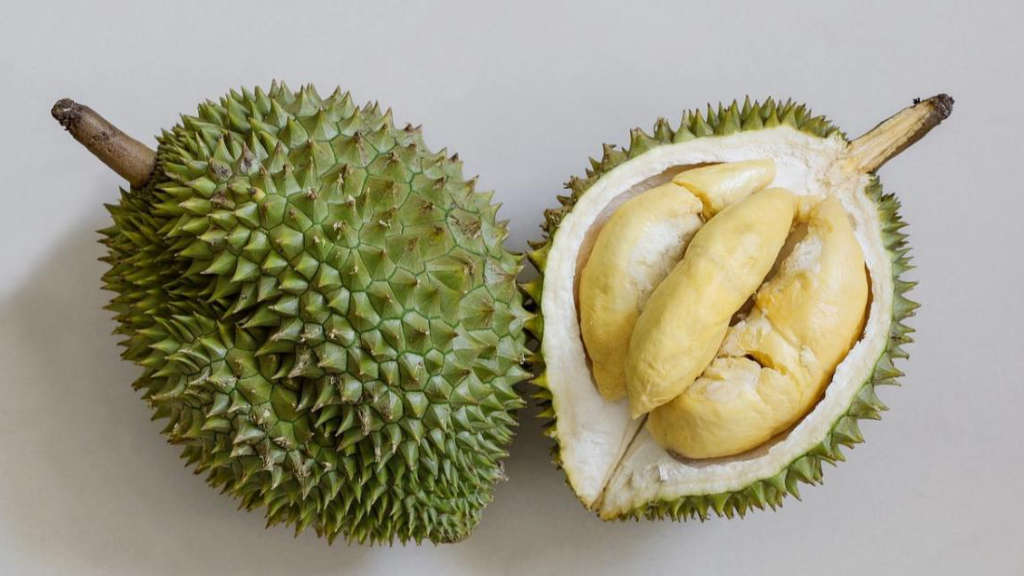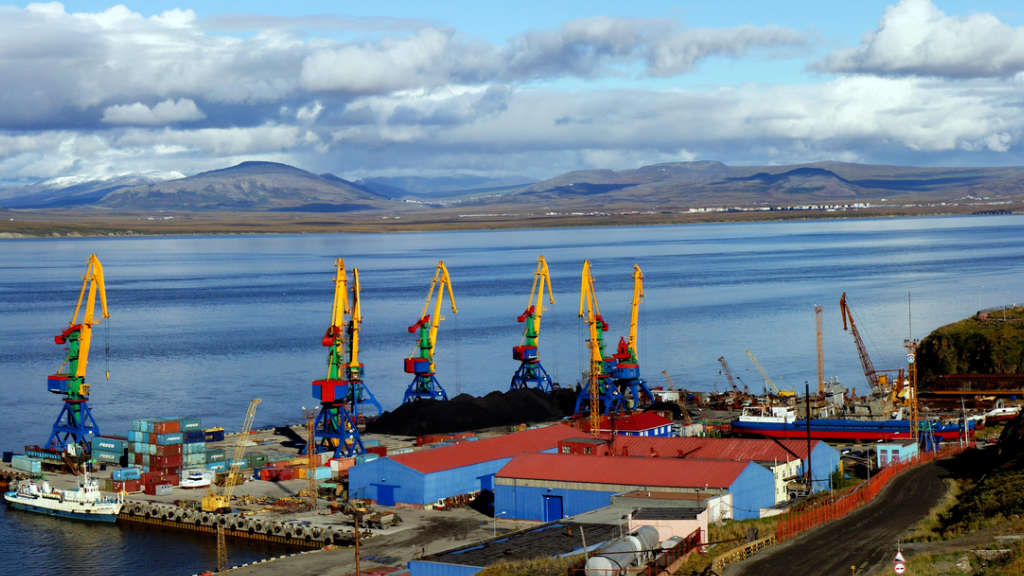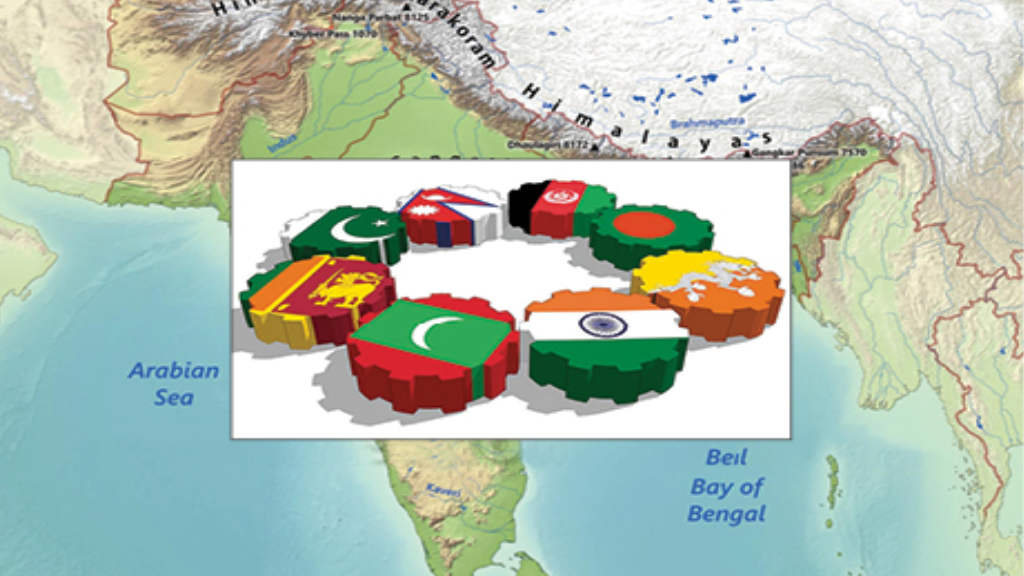
Russia’s Pivot To Asia has just published their 2025 Guide to Latin America, a unique publication that includes details of Russia’s diplomatic, trade and investment engagement with Argentina, Bolivia, Brazil, the Caribbean, Cuba, Chile, Colombia, Ecuador, Guyana, Paraguay, Peru, Suriname, Uruguay and Venezuela. It is a complimentary download and can be accessed here.
Russia’s involvement in Latin America has been traditionally restricted due to distance, regional political upheavals, the nearness of the United States, and for many, their relatively undervalued currencies, making their ability to reciprocate with Russian trade purchases difficult. Also, Latin America is hugely diverse, albeit only a few major economies capable of dealing with anywhere beyond their own continent. However, a greater Russian political and trade will to engage, and improved logistics and supply chains are now altering the traditional perspective. Latin America is now very much on the Russian agenda.
Key to this has been Brazil, a founder member of BRICS and LatAm’s largest economy by far. Brazil alone is responsible for 40% of the regional GDP, followed by Argentina with about 15%. (For data concerning Mexico, please refer to our Central America Guide).
The BRICS will also prove influential in Latin America during the later stages of 2025 as Brazil is hosting the annual Heads of State summit. Brasilia has been encouraging other LatAm nations to participate, with most taking the opportunity to at the very least, attend previous events. However, given the success of BRICS thus far we can expect to see other new LatAm BRICS Members and Partners join the bloc from early 2026. Latin America, is to some extent, very much in vogue as concerns Russia.

Also key to Latin American trade is the Mercosur Bloc, which includes Brazil, Argentina, Uruguay and Paraguay as fill members, and includes all other South American mainland nations as associates. Mercosur is the fifth largest trade bloc in the world as has a combined GDP in excess of US$5 trillion, making it the regional equivalent of the Eurasian Economic Union. Mercosur reduces and eliminates intra-regional trade barriers, which can be attractive to Russian investors wanting to manufacture in South America. Russia’s current Foreign Policy specifically highlights Mercosur as a trade development partner, while the Russian government has also announced recent incentives to assist its exporters with shipping costs to the region.
Of note is the Andean Community, which includes Bolivia, Colombia, Ecuador, and Peru and has a GDP of about US$1.2 trillion. It works closely with Mercosur yet has its own specifics such as a common Andean Passport.
Additionally regionally significant is the Community of Latin American and Caribbean States (CELAC) includes all of Latin America, Central America and the Caribbean States. In addition to this is the smaller, yet diverse Caribbean Community (CARICOM) which caters for the Caribbean nations, including Cuba.
To review our complete 2025 Guide Library please click here




